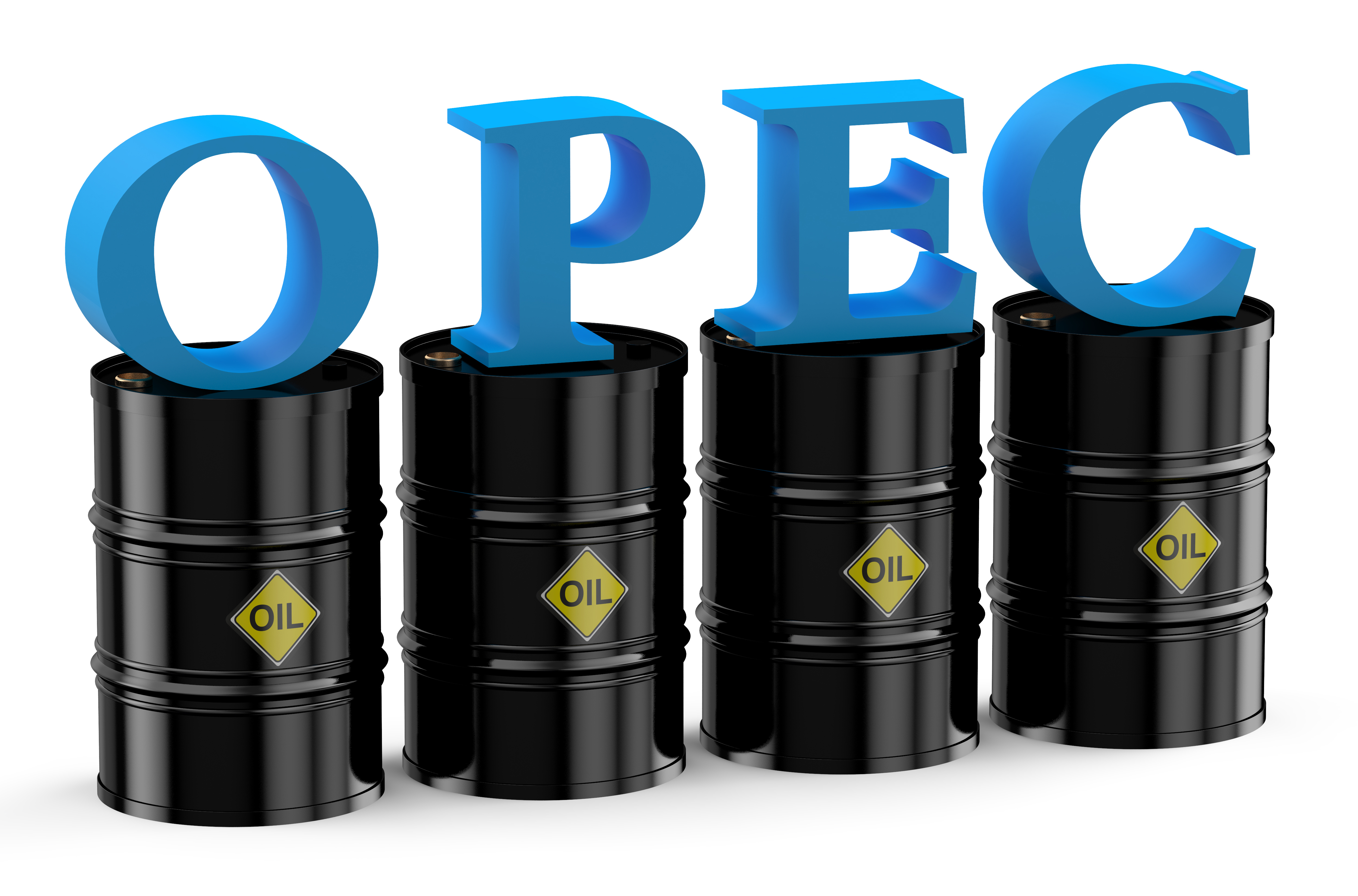

The 2018 World Oil Outlook report released by Opec on 23 September predicts a steady rise in crude oil demand to 111.7 million barrels a day (b/d) by 2040, from 99 million b/d today.
This represents an increase on the organisation’s previous estimate of a demand high of 111.1 million b/d in 2040 in its 2017 World Oil Outlook report, and contrasts sharply with the International Energy Agency's sustainable development scenario, which suggests demand could peak at 104.7 million b/d as early as 2023.
Coming soon
There is a growing consensus among international oil companies and global energy consultancy firms that the advent of the peak oil demand period will come sooner than predicted, driven by factors including the swiftly changing global energy mix, the rise of renewable energy sources, and technological trends such as the shift towards electric vehicles.
In a recent analysis, Norway's marine classification firm DNV GL also placed peak demand in 2023, while the UK/Dutch Shell Group, with several caveats, has said a peak could occur by the late 2020s.
Norwegian energy giant Equinor's latest montage of outlooks, released in June, projects oil demand to peak around 2030. Also with a later date, the UK's BP, in its long-term outlook released in February, presented a case where a peak could happen as soon as the mid-2030s.
Report findings
In its 2018 World Oil Outlook, Opec states that:
- Oil is expected to remain the fuel with the largest share in the energy mix throughout the forecast period to 2040
- Total primary energy will expand by 33 per cent between 2015 and 2040, driven by developing countries, where Opec expects to see almost 95 per cent of the overall energy demand growth
- There will be a growing requirement for all forms of energy in the future; it will not be about choosing one form of energy over another
- Natural gas will witness the largest demand growth in absolute terms, and renewables the largest growth in percentage terms
- Oil demand growth will be driven by non-OECD regions, which are set to see a huge increase of about 23 million b/d to 2040
- Growth through to 2040 will be driven by petrochemicals (at a rate of 4.5 million b/d), road transportation (at 4.1 million b/d) and aviation (at 2.7 million b/d)
- Non-Opec liquids supply will increase by more than 9 million b/d between 2017 and 2027, driven by US tight oil, but non-Opec supply will decline thereafter by about 4 million b/d
- Demand for Opec crude is projected to increase to about 40 million b/d in 2040, up from 32 million b/d in 2018
- Opec crude's share in the global oil supply is projected to increase from 34 per cent in 2017 to 36 per cent in 2040
Opec’s positive scenario for oil demand comes at a strategically important period for oil producers in the region, with prices consistently trading well above $80 a barrel in recent days.
The recent agreement by Opec and non-Opec producers resulted in a commitment to ensure compliance to output reduction targets, but stopped short of raising output, increasing the prospect of higher crude prices.
“Crude market risks are heavily skewed to the upside and while we are not explicitly forecasting Brent to rise to $100 a barrel, we see material risks of this coming to fruition,” says Ehsan Khoman, head of Mena Research and Strategy at financial services company MUFG.
“This is primarily given the increasingly limited headroom for Opec+ members to manoeuvre to not only adhere to their June 2018 strategy of reviving output to strike the right demand-supply market equilibrium, but also to counter the multifaceted set of geopolitical and/or unplanned supply outages that could surface in the coming months ahead,” Khoman says.
With crude prices set to remain robust, Opec’s fresh outlook for oil demand through to 2040 not only justifies the hundreds of billions of dollars Gulf energy producers have committed to spend in the next decade, but also encourages them to stay on course with their capital expenditure plans.

| This article has been unlocked to allow non-subscribers to sample MEED’s content. MEED provides exclusive news, data and analysis on the Middle East every day. For access to MEED’s Middle East business intelligence, subscribe here |
You might also like...

Iraq signs deal to develop the Akkas gas field
25 April 2024

Emaar appoints beachfront project contractor
25 April 2024

Acwa Power signs $356m Barka extension
25 April 2024

AD Ports secures Angola port concession agreement
25 April 2024
A MEED Subscription...
Subscribe or upgrade your current MEED.com package to support your strategic planning with the MENA region’s best source of business information. Proceed to our online shop below to find out more about the features in each package.




